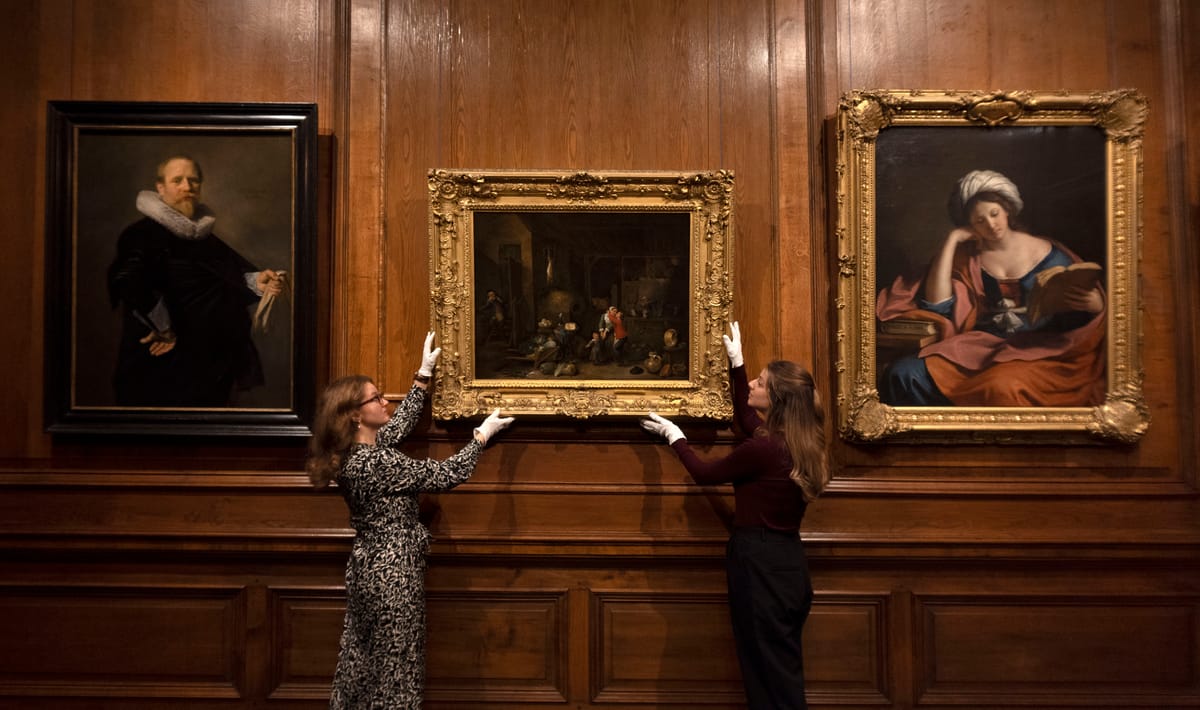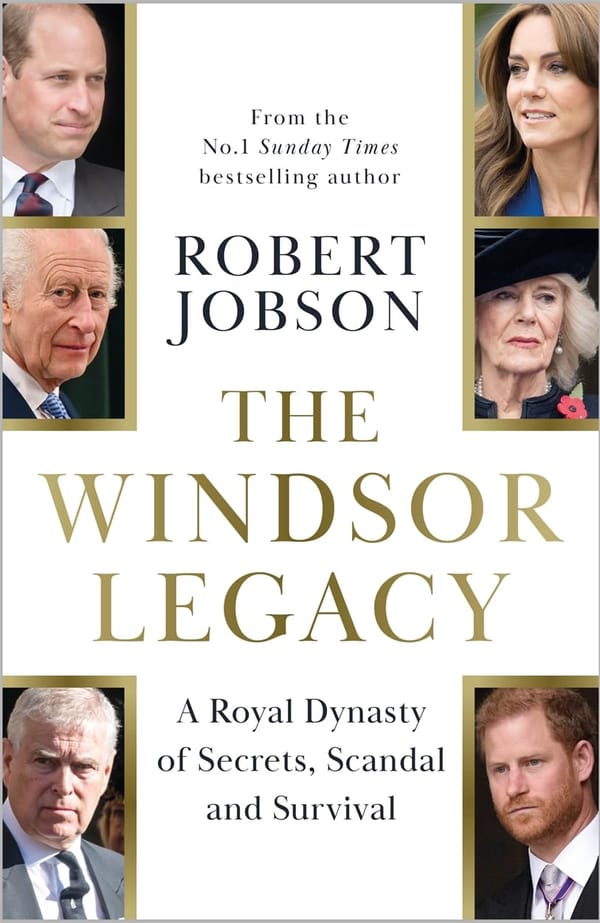Masterpieces from Buckingham Palace Now on Display at Scottish Royal Residence

Art lovers in Scotland have a rare opportunity to view some of the finest paintings from the Royal Collection, as eight masterpieces from Buckingham Palace have gone on display at the Palace of Holyroodhouse in Edinburgh.
The temporary exhibition, titled Italian, Dutch & Flemish Paintings: Highlights from Buckingham Palace, opened on November 13 and showcases exceptional works from the 16th and 17th centuries—some of which haven't been seen in Scotland for over a decade.
A Rare Viewing Opportunity
The paintings have made the journey north while the Picture Gallery at Buckingham Palace undergoes a rehang, providing Scottish visitors with an extraordinary chance to see works that typically captivate audiences in London.
"These paintings are masterful examples of artistic skill from some of the most innovative periods of European art," said Emma Stead, Curator at the Palace of Holyroodhouse. "We are delighted that visitors to the Palace of Holyroodhouse can now see these beautiful works, which usually capture the imagination of visitors to Buckingham Palace."
The display runs through the end of March 2026, giving visitors several months to experience these treasures from the Royal Collection.
Highlights of the Collection
Among the standout works is Portrait of a Man by Dutch master Frans Hals, who was celebrated during his lifetime for his exceptional ability to capture expression through varied brushwork. The painting, which creates a striking sense of presence through confident brushstrokes and painterly textures, was last publicly displayed in Scotland 13 years ago.
The oldest work in the display is a brooding portrait by Titian of Jacopo Sannazaro, a prominent scholar and court poet to King Ferdinand I of Naples, completed around 1514. The painting shows Sannazaro lost in thought with a finger marking his place in a red leather book—a clear indication of the sitter's educated status.
Another highlight is Cristofano Allori's Judith with the Head of Holofernes, thought to have been reacquired by Charles II during his efforts to reassemble the royal art collection after the Commonwealth. This biblical subject became one of Allori's best-known and most copied compositions.
Royal Collecting Through the Ages
The exhibition tells the story of royal taste across generations. At the outbreak of the Civil War in 1642, Charles I owned one of Europe's most important collections of Italian Renaissance and early Baroque art, but this was sold off during the Commonwealth. Upon his restoration to the throne, Charles II set about reassembling it—a testament to the enduring value placed on these works.
The Royal Collection boasts one of the finest holdings of 17th-century Dutch paintings in the world, mainly formed by George IV, who collected portraits, landscapes, and genre scenes. Two Dutch Golden Age works feature in the display: Pieter de Hooch's A Courtyard in Delft at Evening: A Woman Spinning and Aelbert Cuyp's large depiction of a busy passage boat taking people between Dordrecht and Rotterdam.
De Hooch was a contemporary of Vermeer, and the two artists developed a distinctive style of everyday scenes treated with extraordinary care. His faithful depiction of Dutch architecture perhaps stems from growing up as a master bricklayer's son.
Additional Italian Masterpieces
Portrait of a Young Nobleman by Italian painter Parmigianino showcases the artist's innovative approach—the young man's unusual, twisted pose draws attention to his face and outstretched hand. The contrast between the highly finished face and blurred hands and background exemplifies Parmigianino's distinctive portraiture style.
Guercino's The Libyan Sibyl, depicting one of the twelve prophetesses said to have foretold the coming of Christ, demonstrates the artist's masterful use of richly contrasting oranges and pinks against blue, adding grace and elegance to the scene. Charles I had unsuccessfully tried to persuade Guercino to come to England.
Also featured is Interior of a Farmhouse with Figures ('The Stolen Kiss') by Flemish artist David Teniers the Younger. This lively scene of a farmer bursting into his farmhouse to catch a laborer misbehaving with his daughter exemplifies the tradition of comedic peasant scenes with moral undertones. It's been on public display in Scotland only once before, 18 years ago.
Perfect Setting and Visitor Information
The paintings are displayed in the Palace's 17th-century, wood-paneled exhibition space and can be viewed alongside other outstanding works throughout the State Apartments, including the magnificent portrait of Charles II by John Michael Wright.
For those interested in more Italian art, a striking pen study of dogs by Parmigianino can be seen in the Drawing the Italian Renaissance exhibition at The King's Gallery at the Palace of Holyroodhouse, running until March 8, 2026. It's the widest-ranging exhibition of Italian Renaissance drawings in Scotland for over half a century.
Accessibility and Tickets
In welcome news for accessibility, the Palace has implemented a permanent scheme of £1 tickets for visitors receiving Universal Credit and other benefits, ensuring more people than ever can enjoy the royal residence and its exhibitions.
The Palace of Holyroodhouse is open Thursday to Monday (closed Tuesdays and Wednesdays), except during summer months when it opens seven days a week. Visitors can purchase combined tickets for both the Palace and the Drawing the Italian Renaissance exhibition at The King's Gallery for 10% off when bought together.
The display is included in standard admission to the Palace of Holyroodhouse. For tickets and visitor information, visit rct.uk or call +44 (0)303 123 7306.
This temporary exhibition offers a remarkable opportunity to experience masterpieces from the Royal Collection in Scotland's official royal residence—a treat for art lovers and royal enthusiasts alike.




